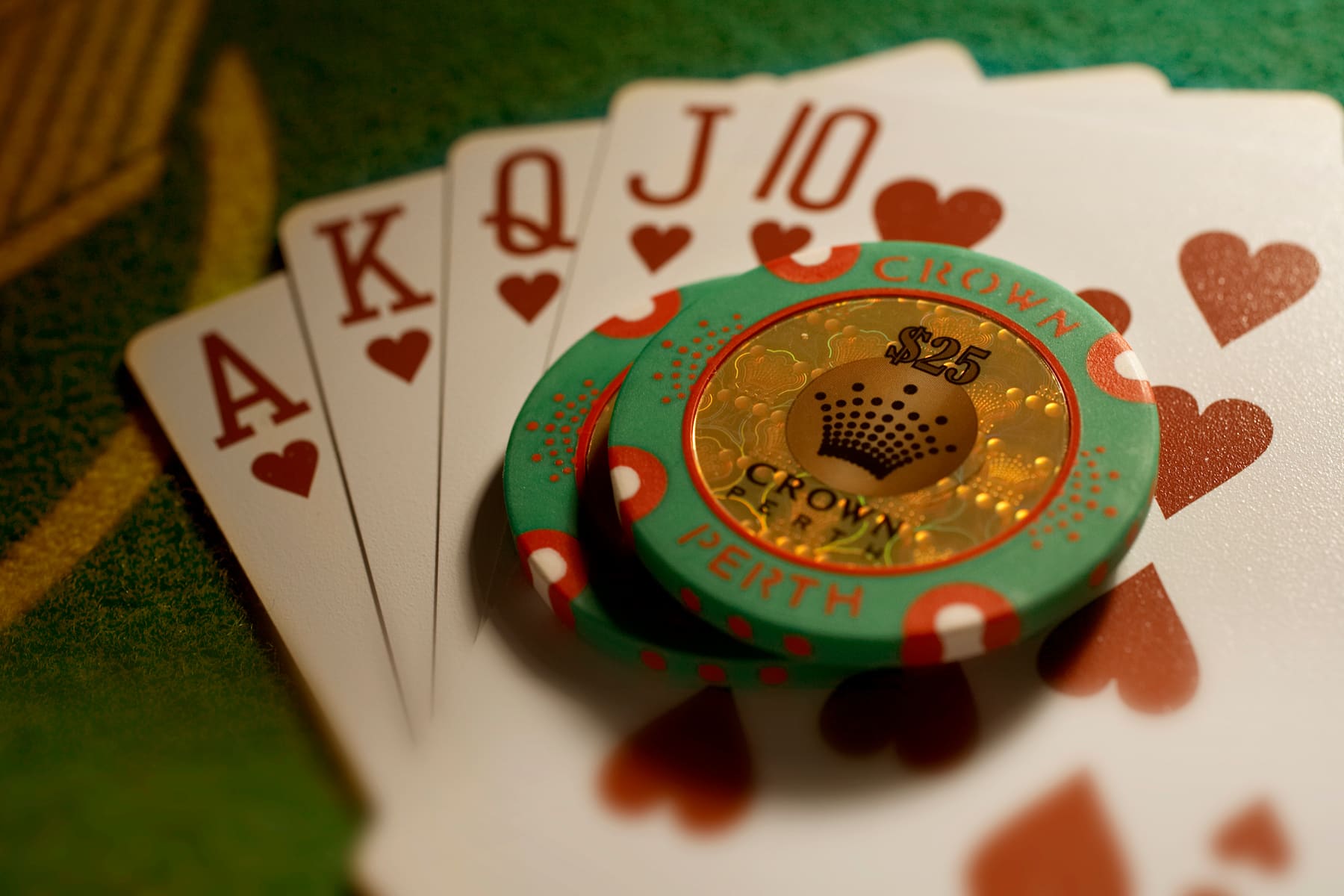
Poker is a card game that requires a lot of strategy and thinking. It is also a great way to develop your mental capabilities, because it helps you learn how to make decisions under uncertainty. For example, you can’t know what cards your opponent is holding, so you need to make estimates about their behavior based on their past actions. This is similar to decision making in finance or other areas that involve uncertainty.
The game of poker also teaches you how to read other players. For instance, you might notice that someone is shifting their weight or acting nervous in certain situations. These kinds of tells can give you clues about what kind of hand they have, or at least what type of betting they will make in a particular situation. This is a very useful skill that you can use in all sorts of other situations, not just at the poker table.
Another valuable poker skill is estimating probabilities. In order to decide what you should do in poker, you need to compare the probability of having a good hand with the risk involved in raising your bet. This is a useful skill to have in any situation, and it can help you decide how much to bet on each street in poker.
It’s important to know how to play poker because it’s a skill-based game that can be very profitable. If you can improve your skills, you’ll win more often than you lose. However, there’s one thing to remember: if you keep playing against better players, you’ll eventually go broke. The best way to avoid this is to play in smaller games, which can be more profitable for you and allow you to move up the stakes much faster.
Once you’ve mastered the basics of poker, you can start learning the more advanced concepts. This includes reading books and articles, watching videos, and practicing in person with friends or at online poker sites. Watching experienced players is especially helpful, as you can see how they react to different situations and build your own instincts. The more you practice and watch, the better you’ll become at making quick decisions.
There are several different types of poker hands, including straights and flushes. A straight contains five cards that are consecutive in rank, while a flush consists of three or more matching cards of the same suit. A full house consists of three matching cards of the same rank, while a pair is two cards of the same rank plus three other unmatched cards.
You can also play bluffing in poker, which can be an effective way to increase your chances of winning. But it’s important to know when to bluff and how to do it correctly. The key is to not get caught by your opponents, so don’t bluff too often and only bluff against players that you know can’t pick up on it. It’s also a good idea to practice bluffing in smaller games before you try it in bigger ones.